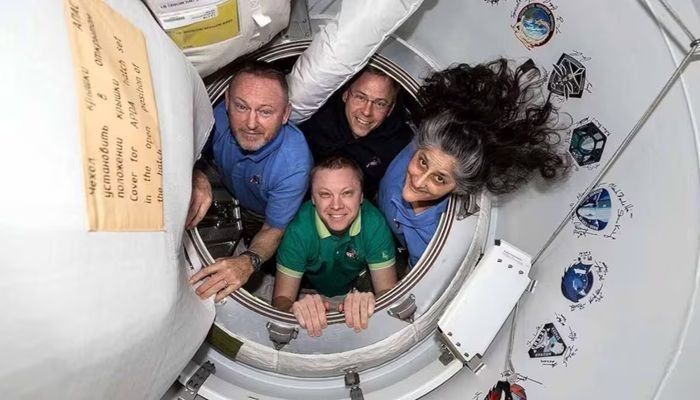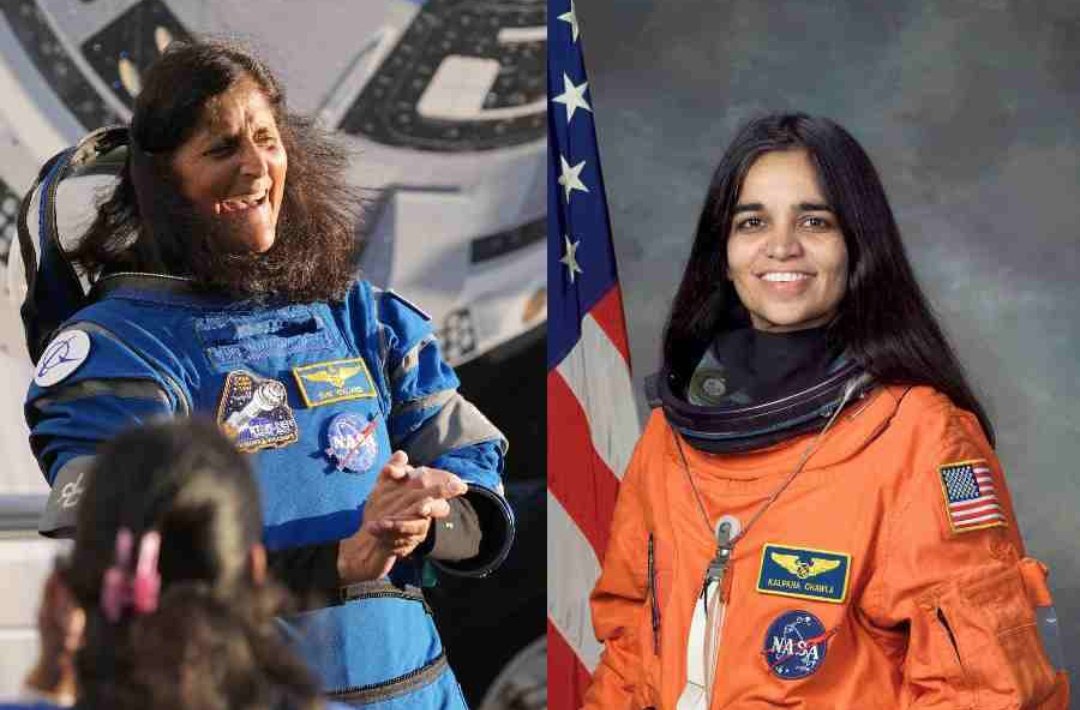NASA’s Crew-9 astronauts have safely returned to Earth after spending 9 months on the International Space Station (ISS). The SpaceX Crew Dragon spacecraft brought astronauts Sunita “Suni” Williams, Barry “Butch” Wilmore, Nick Hague, and Russian cosmonaut Aleksandr Gorbunov back to Earth. They landed safely in the Atlantic Ocean near Florida on March 18, 2025. This mission shows how reliable SpaceX’s Crew Dragon is and highlights NASA’s success in sending and bringing back astronauts safely.
Why Was the Mission Extended?
Crew-9 was supposed to return earlier, but technical problems with Boeing’s Starliner capsule caused delays. Williams and Wilmore, who were only supposed to stay in space for 8 days, ended up staying for over 280 days. During this extended time, the astronauts carried out many scientific experiments and helped maintain the ISS. Their stay also gave scientists valuable information on how the human body reacts to staying in space for a long time.
SpaceX and Elon Musk’s Contribution
Elon Musk’s company, SpaceX, played an important role in this mission. SpaceX’s Crew Dragon is known for its safety and advanced technology. The spacecraft performed perfectly during reentry and landing. This successful return shows how SpaceX is helping NASA achieve its goals and making space travel safer for astronauts.
Challenges of Staying in Space for a Long Time
Living in space for a long time can affect the human body. Astronauts may experience muscle loss, weaker bones, vision problems, and fluid build-up in the upper body. However, the Crew-9 astronauts stayed healthy, thanks to regular exercise and careful medical checks. This information will help prepare future astronauts for longer missions, like going to the Moon or Mars.
Kalpana Chawla’s Legacy and Tragic Accident
The success of Crew-9 reminds us of Kalpana Chawla, the first Indian-origin woman in space. Kalpana’s dedication to space exploration continues to inspire astronauts like Suni Williams. However, Chawla’s journey ended tragically when she lost her life in the Columbia Space Shuttle disaster on February 1, 2003. The shuttle disintegrated during reentry, killing all seven crew members. Despite the tragedy, Kalpana’s legacy lives on, encouraging young minds to explore the unknown and contribute to space science.
What’s Next for NASA and SpaceX?
The success of Crew-9 prepares NASA and SpaceX for future missions. The information gathered from this mission will help in future projects, like NASA’s Artemis missions and even missions to Mars. As space agencies learn more about space travel, they are getting closer to taking humans to new and exciting destinations beyond Earth.
The safe return of Crew-9 is a big step toward the future of space exploration. With the support of SpaceX and NASA’s dedication, the journey to explore space continues.
What’s your view on this remarkable achievement?

Parivesh Singh Gupta is the founder of TweeLabs, with over 12+ years of experience in digital marketing, SEO content writing, web development, and eCommerce solutions. He specializes in WordPress development, Meta & Google Ads, Shopify & WooCommerce, Canva-based design, and AI automation.
Parivesh helps startups and growing businesses achieve online success through high-converting strategies, powerful ad campaigns, and SEO-rich content that ranks.
For collaborations or consulting:
Email: parivesh@tweelabs.com
Website: www.tweelabs.com
Follow on LinkedIn: Parivesh Singh Gupta

